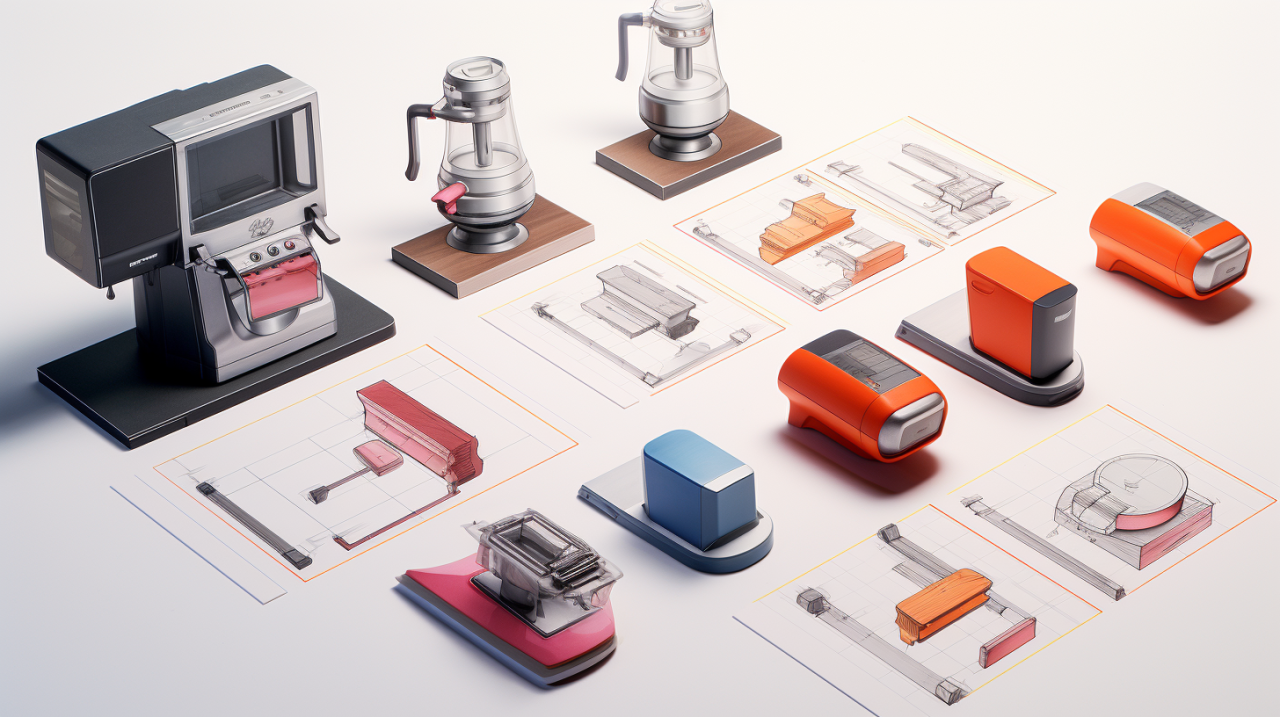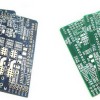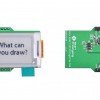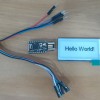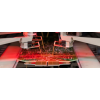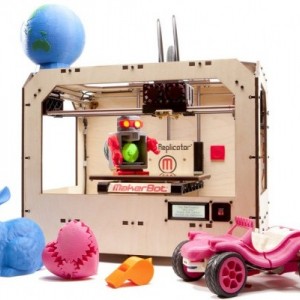Mechanical Design Prototyping - Types & Methods for Validation
Mechanical Prototyping involves the creation of physical models made with the aim of satisfying a customer's needs. The mechanical prototype, therefore, is a first working version of a device or component, which reflects the design specifications and meets the functional requirements. Different parts and components are made as samples through prototyping services. Rather than go directly into mass production only to discover some type of serious defect or flaw, reputable rapid prototyping services assist design engineers in efficiently perfecting their designs in advance of production. Although each prototype may cost more per unit than mass manufacturing, overall expenses are significantly cheaper because you produce a small number of prototypes rather than investing in large-scale production. As a result, prototyping is a financially viable step in the early phases of product design and development.
A. Types of Prototypes:
i. Looks-like Prototype – A “looks-like prototype” is a primarily aesthetic part. This kind of prototype is focused on replicating the outer appearance and usability of the product, valuing the visual aspect over the functional. A looks-like prototype can be used to create a perception or provide a first impression of your product to customers, impacting the buying decision and how the end-product will be received on the market. Although this style of prototype can be created out of nearly any material, FDM 3D printing technology has become an increasingly popular technique due to its ability to create complex geometries at an affordable price
ii. Works-like Prototype – A “works-like prototype”–better known as a functional prototype– is meant to showcase to core functionality and mechanical abilities of your part or product. Aside from the physical object itself, it’s also common to utilize development boards and other electronic components to demonstrate how the prototype will work in its final form.
iii. Hybrid Prototype – A hybrid prototype is one that combines the visual aspect and mechanical aspects into one product. This type of prototyping is useful when refining the aesthetics and form of your product, while also testing the functionality and placement of electronics. Using rapid prototyping techniques like CNC machining or 3D printing, you can create a hybrid prototype that replicates both the aesthetic and mechanical value of your product.
iv. Pre-production Prototype – Last but not least is the pre-production prototype, which you can probably guess is a prototype that is close to replicating the end-product. This type of prototype is usually produced with a manufacturing process that is either the same or similar to the one that will be used in mass production. This is when CNC machining and injection molding becomes the go-to rapid prototyping technique. The purpose of pre-production prototypes is to identify and solve any potential problems before entering the final production phase. With this type of prototype, you can check all specifications and apply for necessary certifications. Since this is the final step before mass production, most engineers and manufacturers use this opportunity to ensure the design is optimized for manufacturing. In order to guarantee a successful production workflow, you should take a number of factors into consideration, including manufacturing, pricing, usability, transportation, user experience, sustainability and more.
B. Some Methods of prototyping for mechanical parts:
i. 3D Printing: Also known as additive manufacturing or rapid prototyping, this process uses a computer model to create a replica by adding material in layers. (SLA Stereolithography, SLS Selective Laser Sintering , FDM Fused Deposition Modeling)
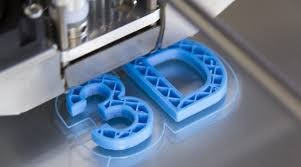
ii. CNC machining: This process can help manufacturers identify design flaws in their prototypes. CNC can be used for both metals and plastics, and its main benefit is testing the strength and integrity of parts.
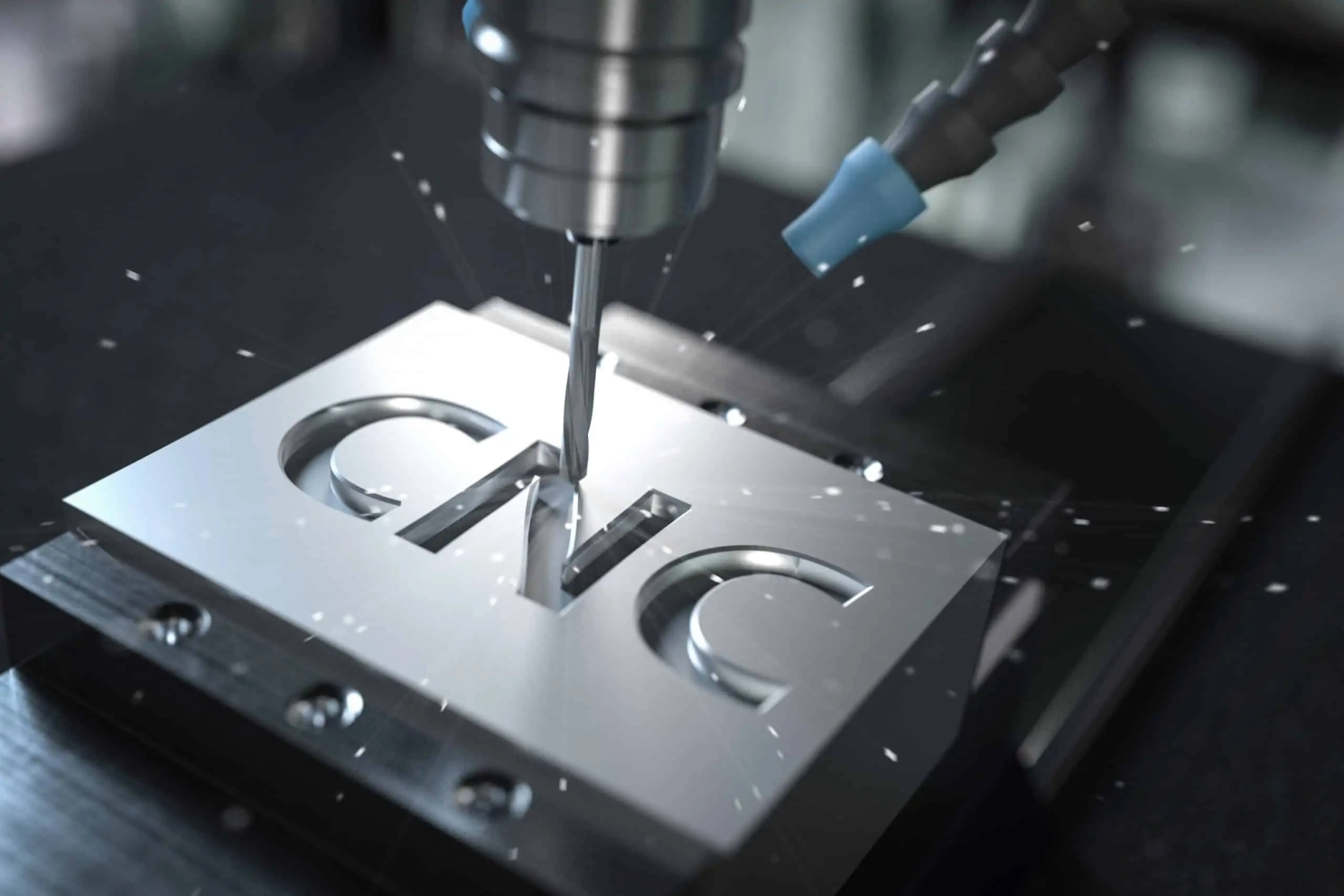
iii. Metal fabrication: Sheet metal fabrication can be a good option for flat parts that need to be evaluated in their final metal material. Prototypes can be turned around in a week or less, and it can sometimes be cost-effective enough to manufacture multiple designs in parallel.
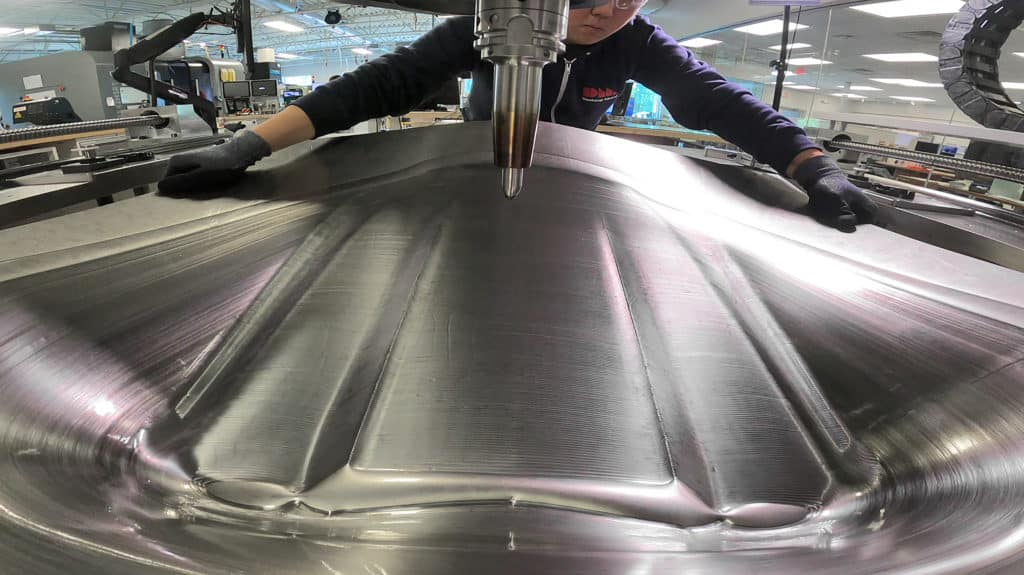
iv. Urethane casting: This process uses a silicone mold to create urethane parts that are plastic-like or rubber-like. It's used to make prototypes and low-volume parts.
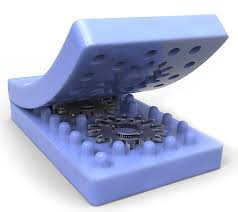
v. Vacuum casting: The prototyping process uses a silicone master model to create vacuum products and functional plastic parts.
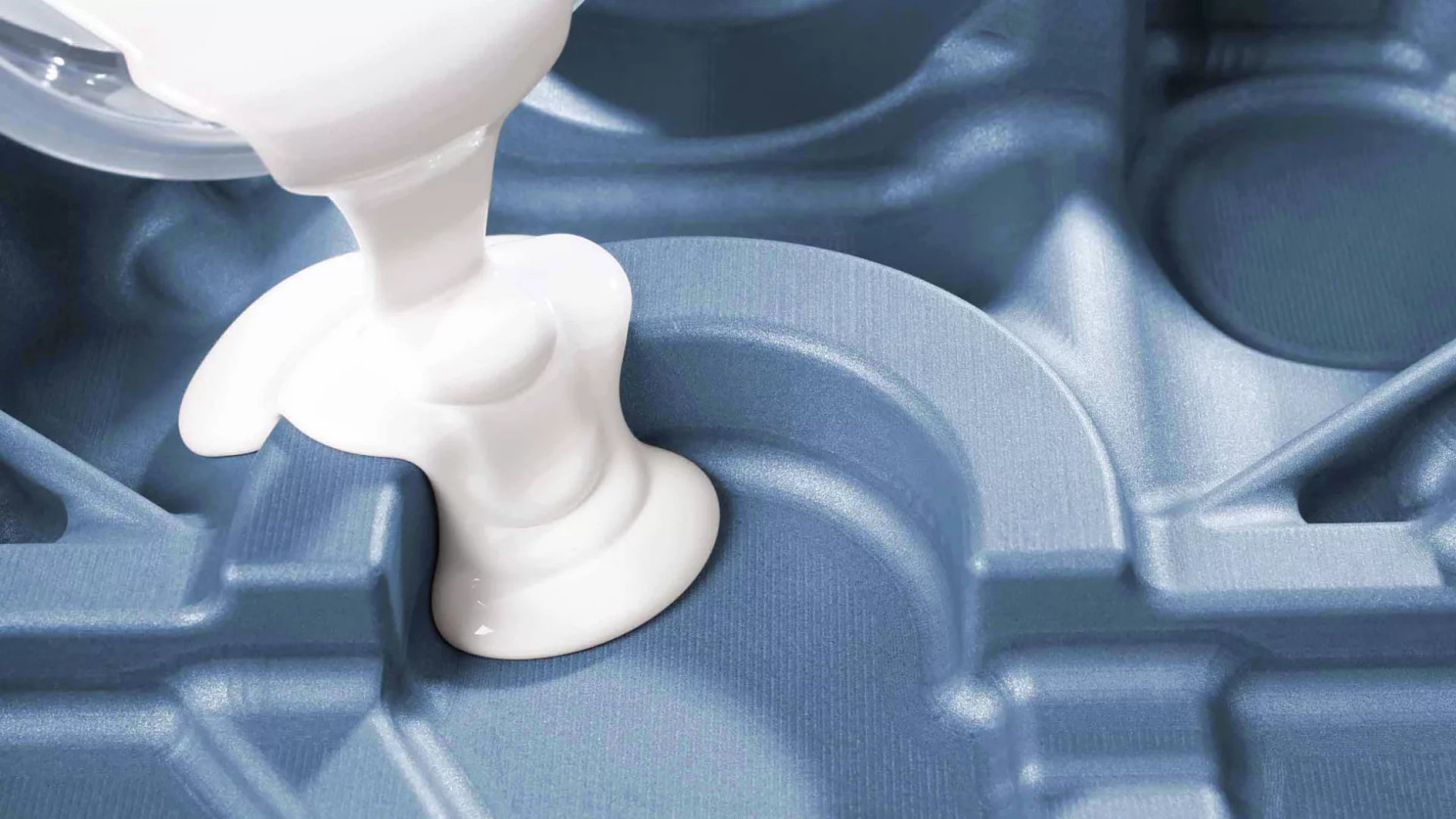
C. The right choice typically depends on:
- The mechanical properties you hope to get
- The volume of prototype parts you need
- Your budget
- Lead time
- Material compatibility
